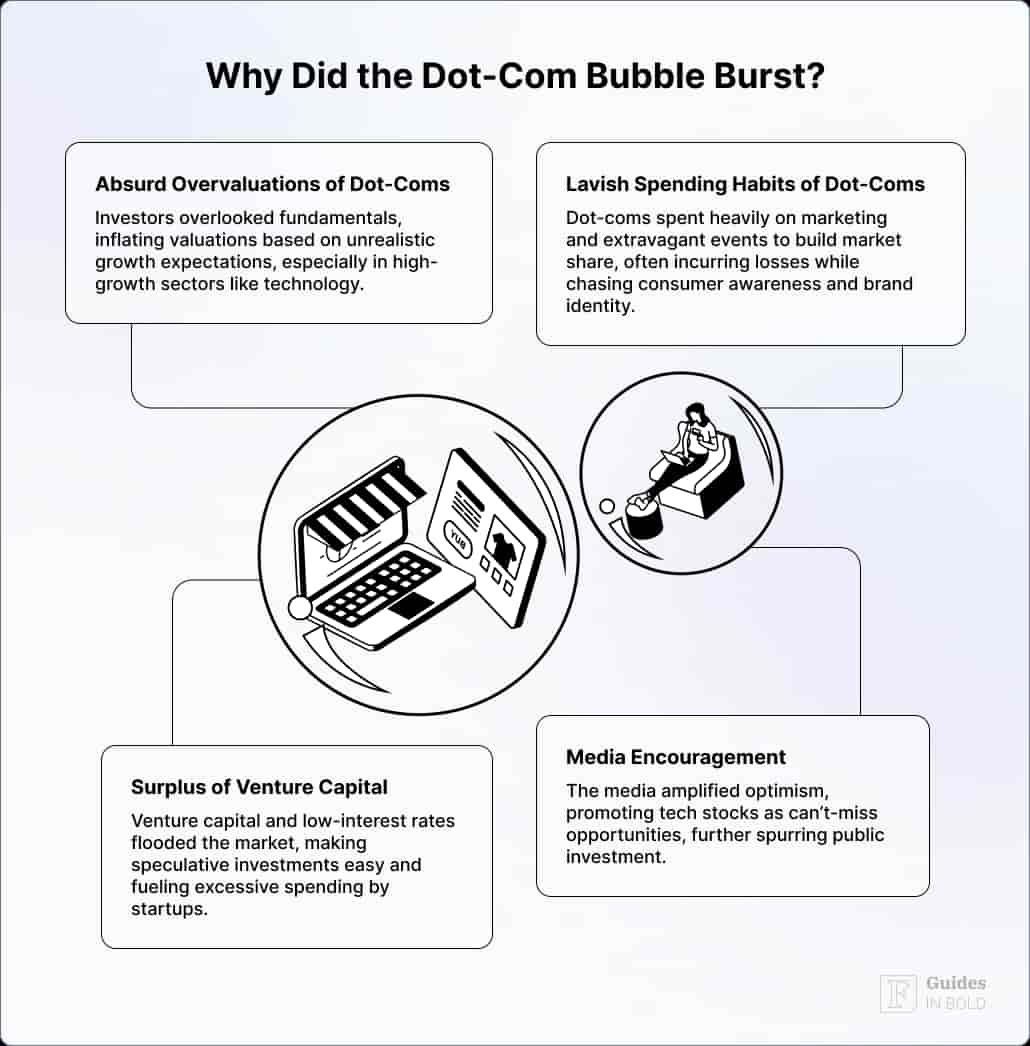Sh*it, are we in a bubble? - 10 Things You Need to Understand About the OpenAI Bubble
Had to read about this and it's not looking good. OpenAI circular financing is looking like a bubble about to burst
First, why did the Dot-Com Bubble burst
The AI Opportunity is read by top investors worldwide. Sponsor at g@guillermoflor.com
Sounds familiar?
The AI boom is unlike anything we’ve seen since the dot-com era.
But behind the trillion-dollar valuations and GPU shortages lies something stranger: the same companies funding and selling to each other.
When Nvidia i…
Keep reading with a 7-day free trial
Subscribe to The AI Opportunity to keep reading this post and get 7 days of free access to the full post archives.



